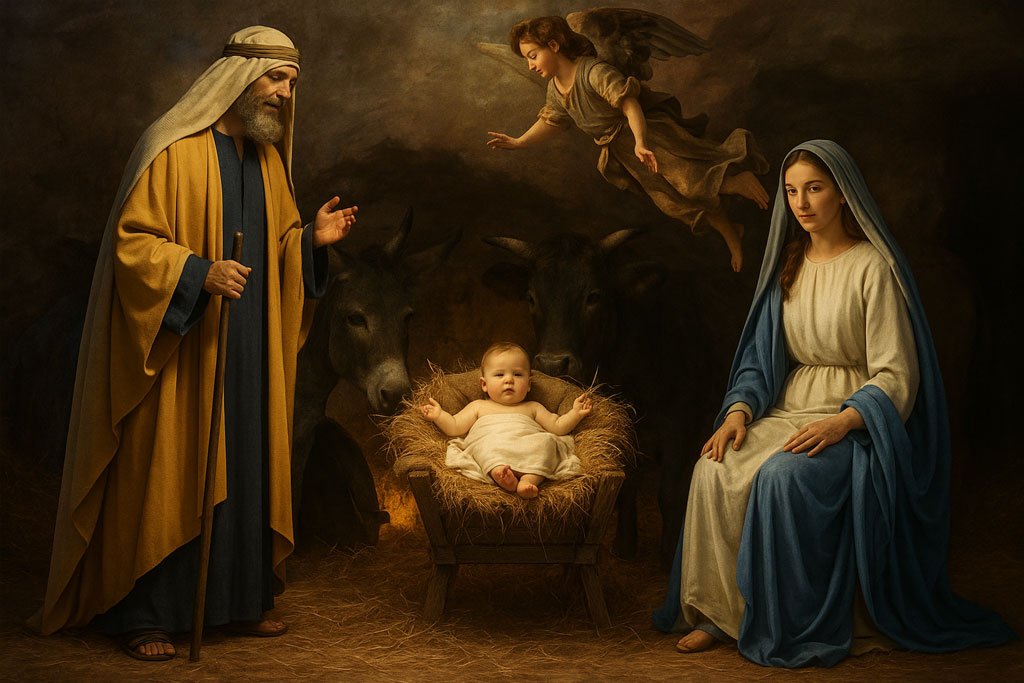Christmas Around the World
In Eastern and Oriental Orthodoxy, dates vary. The Julian calendar places Christmas on January 7. Armenians celebrate on January 6. In Ethiopia, too, it falls on January 7.
In countries where Christians are a minority, the religious aspect of Christmas often doesn’t exist. In India, decorations include mango trees and paper stars. In Japan, it’s all commercial—songs, lights, and Santa, but no Christ.
God’s Command Against Images
God’s commandments are crystal clear:
“You shall not make for yourself a graven image…” (Exodus 20:4, Deuteronomy 5:8)
This includes images made of wood, clay, stone, or molten metal. The golden calf in Exodus 32, and the idols in 1 Kings 14, were molten images—explicitly forbidden.
Leviticus 19:4, Deuteronomy 27:15, and numerous prophets (Isaiah, Hosea, Habakkuk) condemned idol-making as an abomination.
Yet, in our time, people still display baby Jesus figurines, plastic decorations, and carved icons—in churches, homes, and public squares. Are these not modern golden calves?
A Final Plea to the Church
The true Jesus Christ is not a decoration. He is not a seasonal symbol. He is the Word made flesh, the Creator of heaven and earth, the Lamb of God who takes away the sin of the world.
Churches and believers: stop these practices. Stop joining the world in mocking the One you claim to worship. Return to true worship, grounded in the Word—not in tradition or man-made customs.
“God is Spirit, and those who worship Him must worship in spirit and in truth.” (John 4:24)
